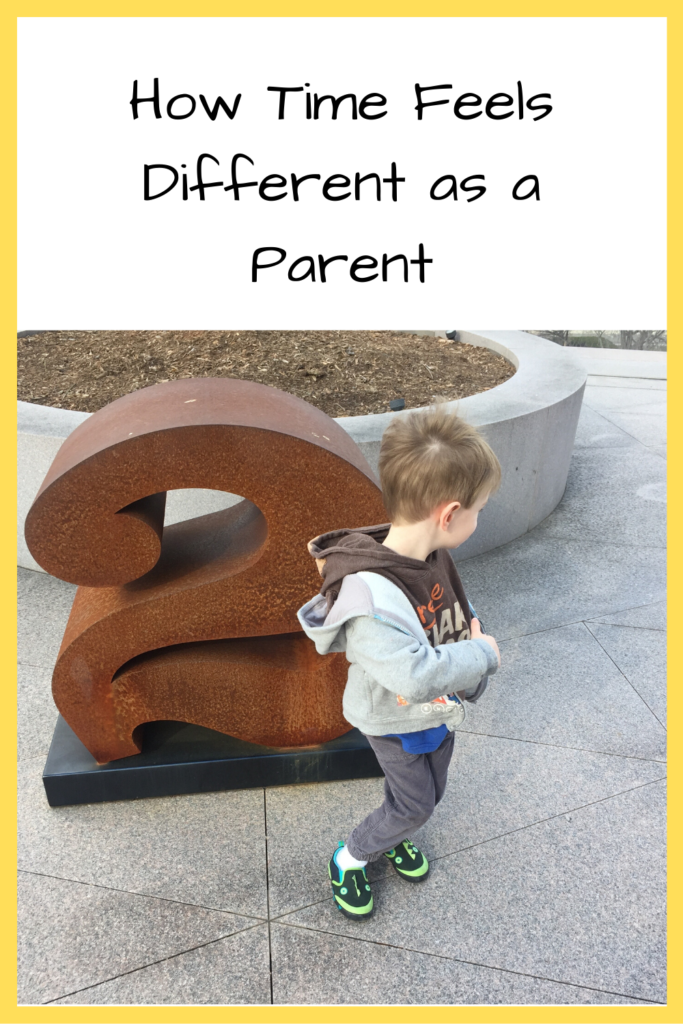
“One two three four five six seven eight nine ten!” my three year old counted, touching the pictures in the book as he went.
I blinked. Since when can he count? Did this just happen?

“One two three four five six seven eight nine ten!” my three year old counted, touching the pictures in the book as he went.
I blinked. Since when can he count? Did this just happen?
The story that opens this essay was so heartbreaking! My kids are usually okay with death, but dead parents are a whole different thing.

Here’s the first few paragraphs:
My two-year-old’s face was blank. Then it curved down into the slightest of frowns, as he stared at the open magazine’s page. As he’s usually a very expressive kid, I had never seen this look before.
But then, I had never read a line in a story quite like that: “This baby skunk lost its mother.”
Sierra Magazine was one of my dream publications to write for and Kandi Mossett is a complete badass, so I was so glad to profile her for them.
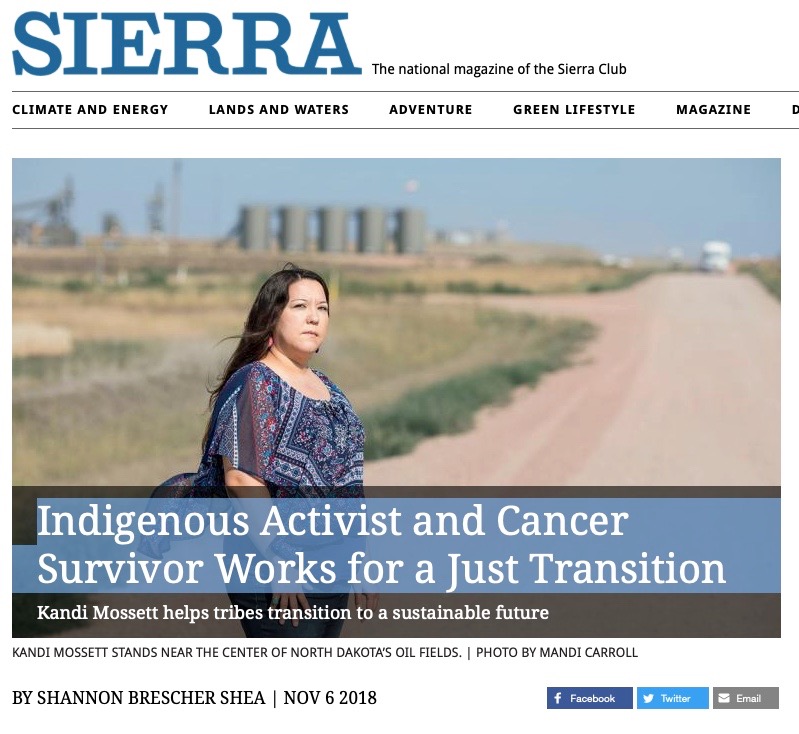
In 1999, Kandi Mossett found a purple-red, pea-size lump on her stomach and immediately suspected cancer. She was 20 years old. For Native Americans on the Fort Berthold reservation in North Dakota, cancer is a fact of life.
I brought my kids to the People’s Climate March a couple of years ago and I’m likely to again, especially with the youth climate movement ramping up. I wrote about why in a post for Ravishly.
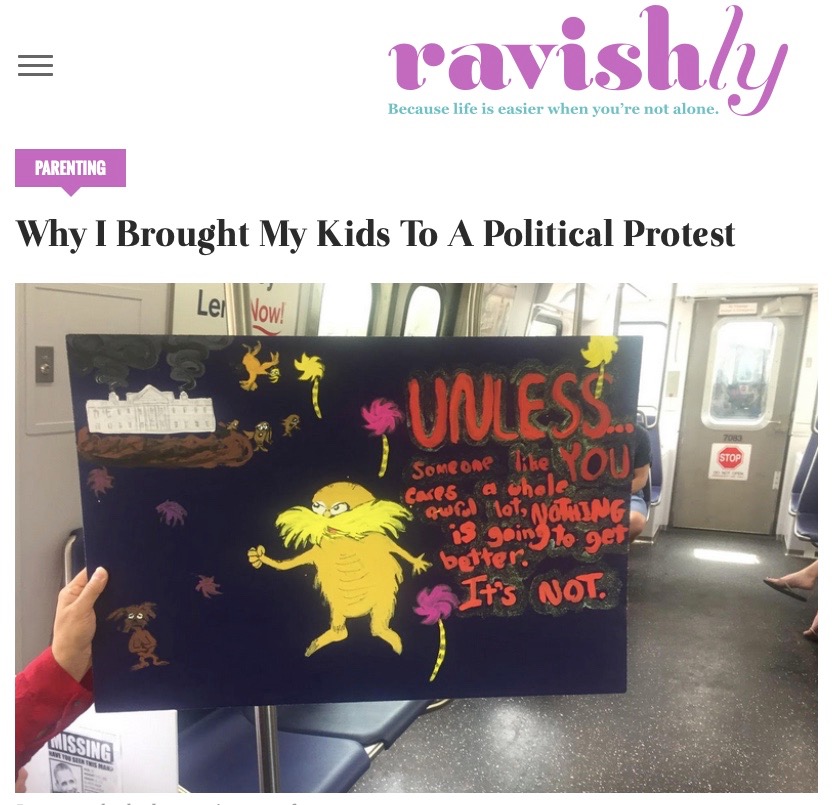
Here’s the first few paragraphs:
“Anyone have tips for bringing a kid to a political protest?” one of my friends posted on Facebook.
It was around the March for Our Lives, and he was trying to make a decision many parents were facing. But almost every single response was negative. Several people implied he would be putting his child in danger. At the time, I was the lone voice of dissent. Trying to be encouraging, I responded, “As someone who actually did this, my kids were fine.”
But they were more than just fine. They were great.
I’ve never felt like I’ve known so little about something I have so much experience with than in parenting. I wrote about it (back in 2018) for Filter Free Parents.
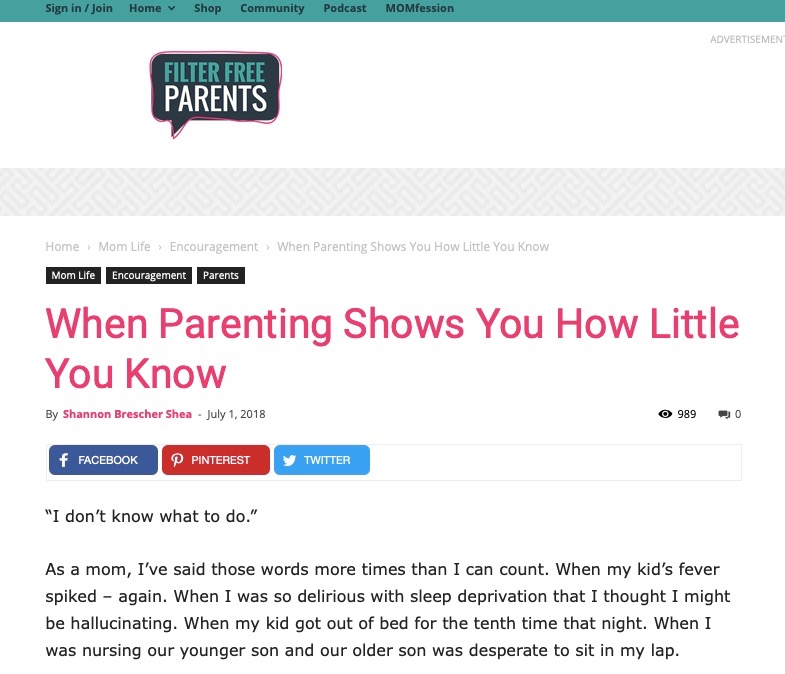
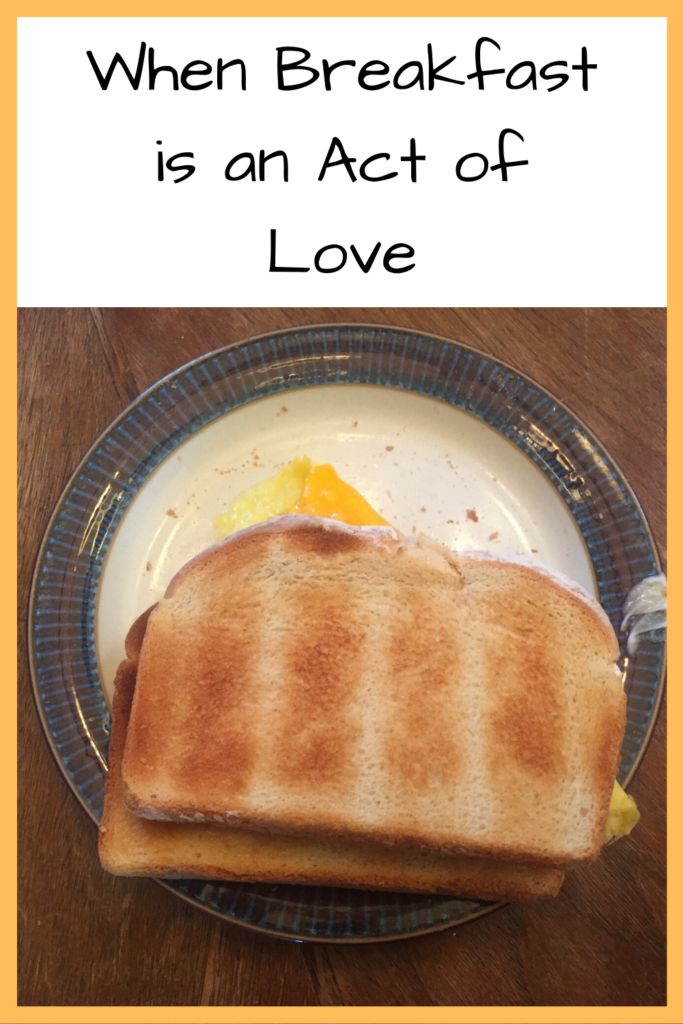
The door to my six-year-old’s room burst open and he bounced into the living room. “What do you want to eat for breakfast?” I asked, sitting on the couch.
“I want to make eggs!” he declared.
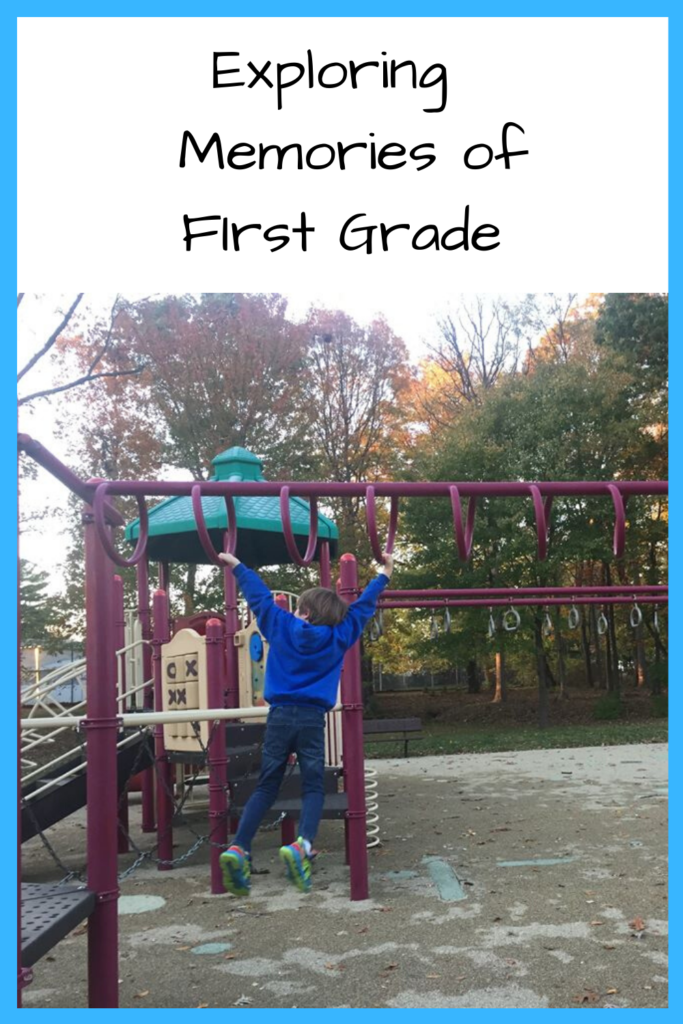
“How was school today?” I asked my older son as we sat at the dinner table. He just looked at me. Trying a different tactic, I reframed the question, “What was the funniest thing that happened at school?” He just shrugged. Well, then.
While I’m always interested in what’s going on with my kids, this year is particularly intriguing to me. First grade is the first year that I have a lot of clear memories of my own childhood.
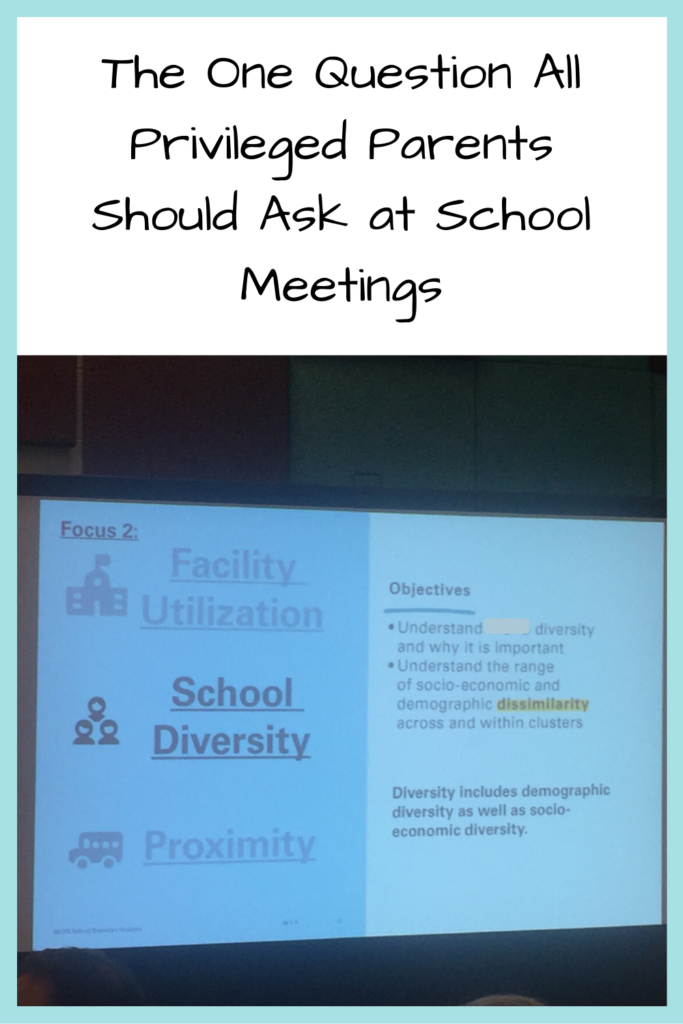
The exact numbers weren’t easy to read, but the graph lines showing the poll results were clear – the majority of the folks at the public meeting were white. Looking around the packed high school cafeteria confirmed that fact.
My mind returned to the graph we had seen a few moments earlier. In bright colors, it laid out the racial make-up of the students in my kids’ school district: 28% white, 31% Hispanic, 22% Black, 15% Asian, and 5% “other.”
Hmmmm.

“Just do the next right thing,” Anna sobs as she pulls herself up rock by rock towards the entrance of the cave she’s stuck in. Watching Frozen II on the big screen, I was too enthralled by her crisis to think about how her song related to me. But later, when I was re-listening to the song with my kids, the power of that message hit me. I choked up a bit as I watched the bouncing ball bop atop the words on the sing-along YouTube video.
I too have sat on the floor and cried “I don’t know what to do.” I too have stared miserably in the distance, incapacitated by the seeming lack of a path forward.

“He said his favorite time of day is when he’s going to bed and gets to talk to mommy for a while,” said the text from my husband, referencing my three year old son.
Kid, why don’t you just stab me in the heart again?